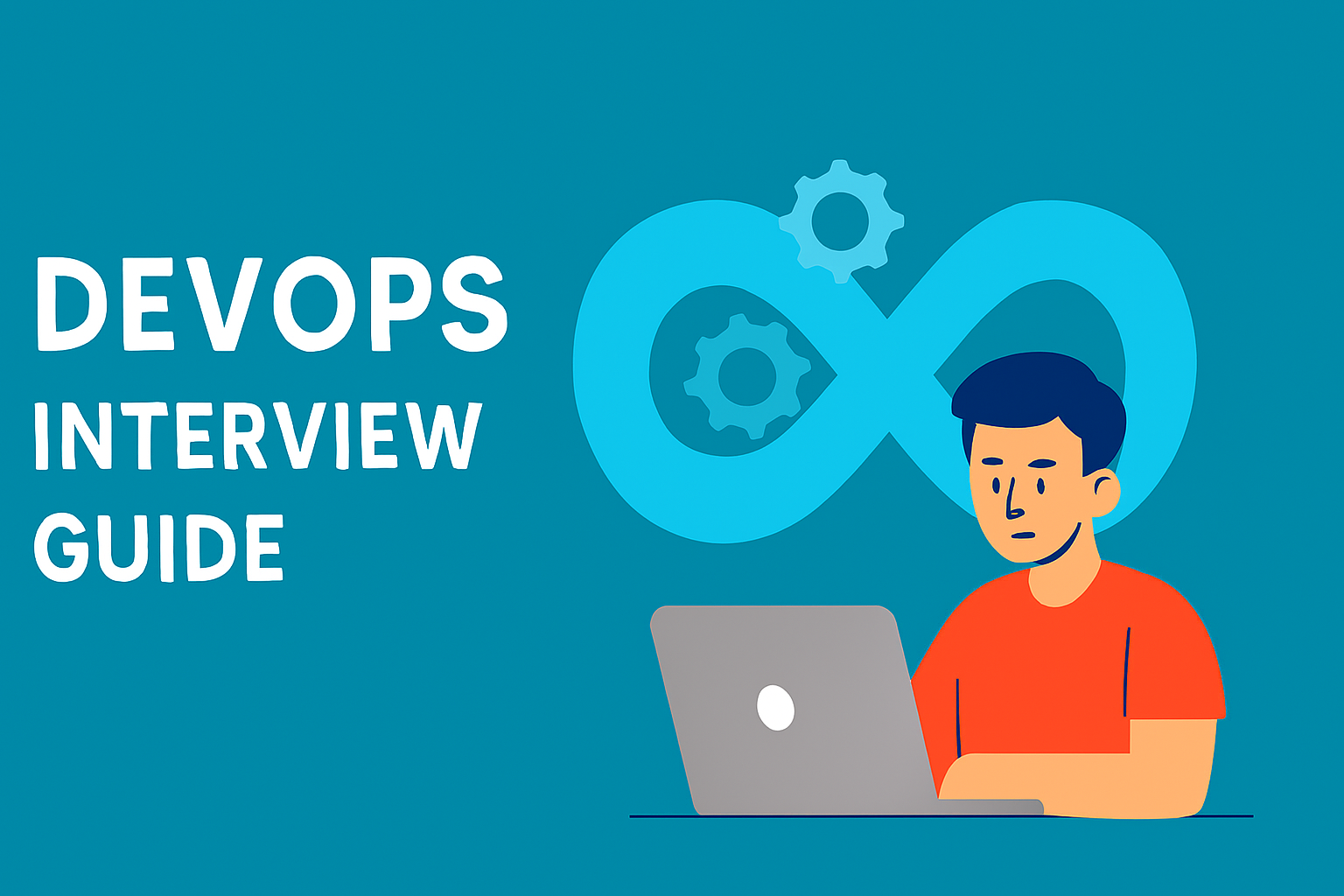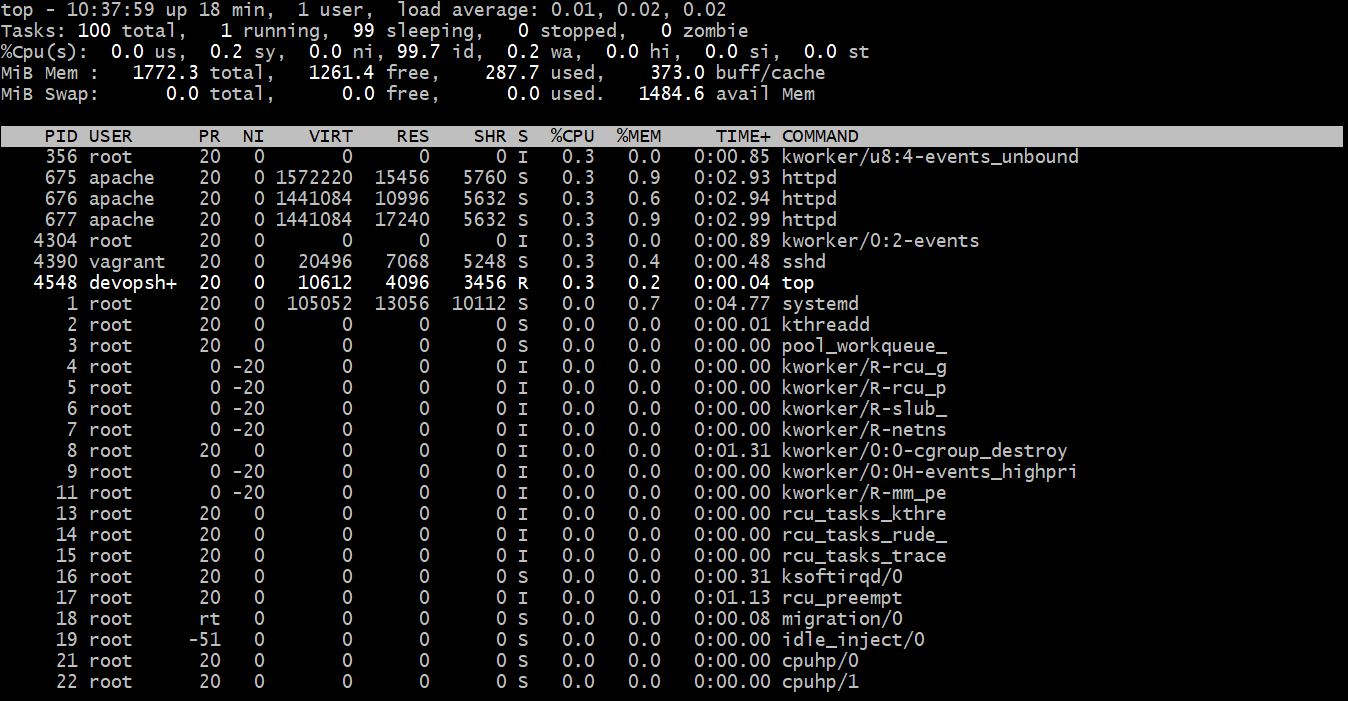There are no items in your cart
Add More
Add More
| Item Details | Price | ||
|---|---|---|---|
Tue Oct 14, 2025

If you’re just starting your DevOps career and preparing for interviews, you may feel overwhelmed by the wide range of topics — from Linux commands to Git, Docker, AWS, and monitoring tools.
In this blog, I’ve compiled 15 beginner-friendly DevOps interview questions and answers, most of which were asked in my own interviews. The answers are explained in simple terms so that even if you are new to IT or DevOps, you’ll be able to understand them clearly. This blog is for freshers and DevOps beginners (0–2 years experience) preparing for interviews.
1. Explain your day-to-day activities in DevOps.
👉 A DevOps engineer’s daily tasks usually include:
2. Do you have hands-on experience in Linux? If yes, which platform?
👉 As a DevOps engineer, Linux knowledge is essential. Popular Linux distributions used in DevOps include:
3. What is the latest version of Ubuntu?
👉 As of September 2025, the latest Long-Term Support (LTS) version is Ubuntu 24.04 LTS (Noble Numbat), released in April 2024.
4. What is the command to connect to an EC2 instance?
👉 You can connect using SSH (Secure Shell):
ssh -i my-key.pem ec2-user@<public-ip>
-i my-key.pem → Your private key file (downloaded from AWS). ec2-user → Default user for Amazon Linux. (For Ubuntu, use ubuntu). <public-ip> → The public IP of your EC2 instance.5. Do you need a password to log in to an EC2 instance?
👉 No, by default AWS EC2 does not use passwords. Instead, it uses key pair authentication:
.pem file).6. In which path will you create index.html in a web server?
👉 Usually, web servers like Apache or Nginx store files in:
/var/www/html/index.html /usr/share/nginx/html/index.html
7. Explain the most common Linux commands.
👉 Some must-know commands:
ls → List files. cd → Change directory. pwd → Show current path. mkdir → Create directory. rm → Remove file/folder. cat → View file contents. cp → Copy files. mv → Move or rename files.
8. How to check one running process in Linux?
👉 Use the ps command:
ps -ef | grep <process-name>
This shows details of a specific process.

9. How to list all running processes in Linux?
👉 Use:
ps -aux
or
top
These show all running processes with CPU and memory usage.

10. How to kill a process by ID in one command?
👉 First, find the process ID (PID):
ps -ef | grep <process-name>
Then kill it:
kill -9 <PID>
Yes, you can do it in one command:
ps -ef | grep <process-name> | awk '{print $2}' | xargs kill -9

11. How to check disk usage in Linux?
👉 Use:
df -h
Shows disk usage in human-readable format (-h).

12. How to check free memory in Linux?
👉 Use:
free -h
It shows total, used, and free memory (RAM).

13. How do you archive and compress a directory in Linux?
👉 Use tar:
tar -czvf backup.tar.gz /path/to/directory
c → create z → compress with gzip v → verbose (show progress) f → filename14. What does chmod 755 mean?
👉 chmod changes file permissions.

15. What is chown in Linux?
👉 chown = Change Ownership.
Example:
chown user:group file.txt
This changes the file owner and group.
These 15 questions cover basic Linux, DevOps, and cloud concepts that are frequently asked in interviews for freshers (0–2 years). If you’re preparing for your first DevOps role, practice these thoroughly.
👉 In the next blog (Part 2), we’ll cover Git, Docker, and AWS questions that are commonly asked in beginner interviews. Stay tuned!

Sreyas P
Simplifying DevOps for the next generation.